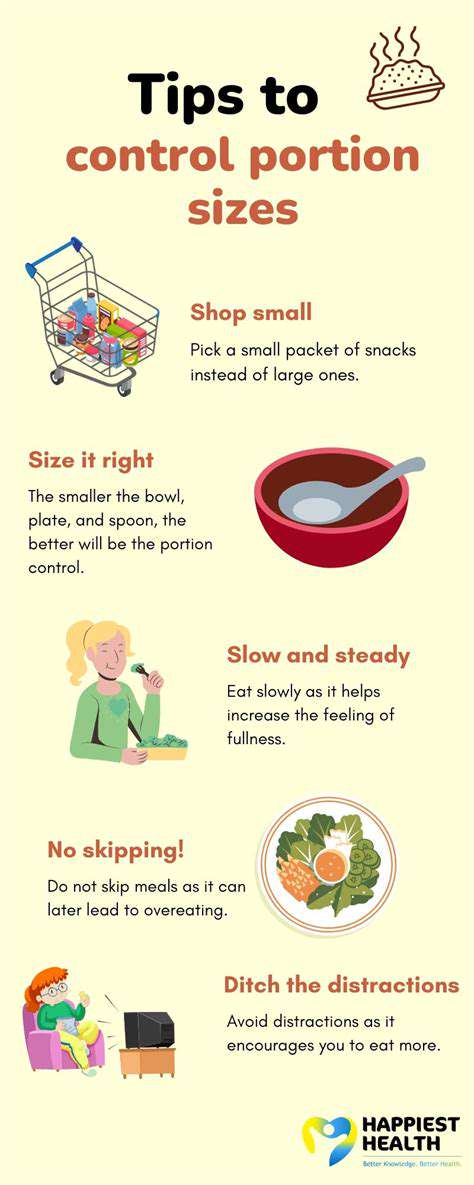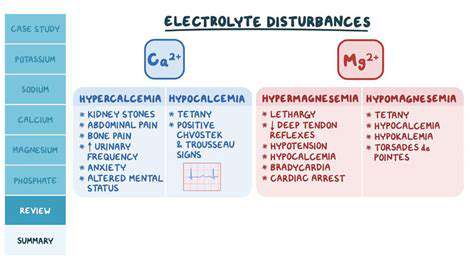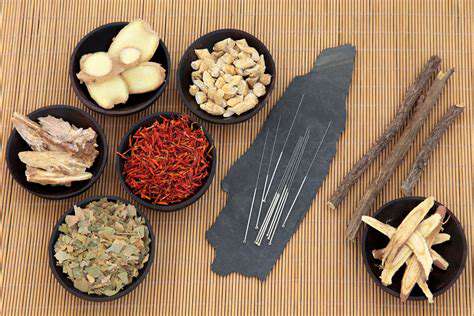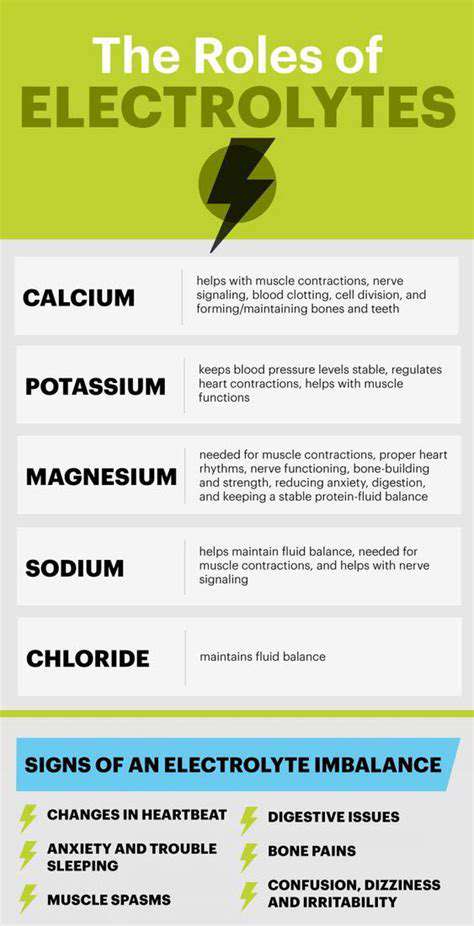Acupressure Points for Stress and Anxiety
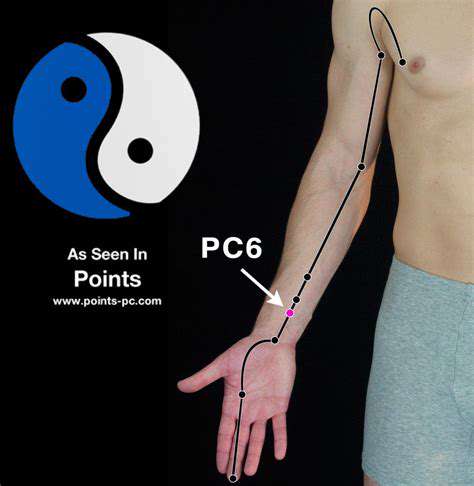
The Anatomical Location of PC6
The Pericardium 6 (PC6) point, or Nei Guan, sits about one inch above the wrist crease on the inner forearm. Precise location matters for effective stimulation. It's found between two forearm tendons when the palm faces upward. Correct identification ensures optimal therapeutic benefits.
The Role of PC6 in Traditional Chinese Medicine (TCM)
In TCM, PC6 connects to the Pericardium meridian, which influences heart function and emotional balance. This connection makes it particularly valuable for stress management. Many practitioners believe stimulating PC6 helps harmonize emotions and create mental clarity.
Potential Benefits and Applications of PC6
PC6 stimulation may offer multiple benefits beyond stress relief. Some research suggests it could help reduce nausea, headaches, and digestive discomfort. While more studies are needed, these potential applications make it a versatile point in holistic care.
PC6 and Emotional Well-being
This point frequently appears in emotional regulation protocols. Regular stimulation might promote calmness during stressful periods. Many users report feeling more balanced and centered after working with this point consistently.
Techniques for Stimulating PC6
Multiple methods exist for activating PC6, including finger pressure, massage, or professional acupuncture. Consistent, moderate pressure typically yields the best results. Beginners should start with short sessions and gradually increase duration as comfort allows.
Safety Precautions and Considerations
While generally safe, PC6 stimulation requires caution for certain individuals. Those with medical conditions should consult a doctor first. Pregnant individuals should avoid stimulating this point without professional guidance. Always listen to your body's signals and adjust accordingly.
The Large Intestine 4 (LI4) Point: Calming the Mind and Body
Understanding LI4
The Large Intestine 4 (LI4) point, or He Gu, sits in the webbing between thumb and index finger. This prominent acupressure point features in many stress-reduction protocols. Its location makes it convenient for self-application throughout the day when stress arises.
The Energetic Pathways
LI4 lies along the Large Intestine meridian, which TCM associates with multiple physical and emotional functions. Balancing energy flow through this pathway might help address various imbalances contributing to stress and discomfort.
Stress Relief and Emotional Well-being
LI4 shines as a go-to point for immediate stress relief. Gentle pressure here may help calm racing thoughts and promote mental clarity. Many users report feeling more grounded and less anxious after stimulating this point.
Physical Applications
Beyond emotional benefits, LI4 might help with headaches, dental discomfort, and some digestive issues. Its broad application range makes it particularly useful for holistic self-care routines. Consistent use could complement other wellness practices effectively.
Safety and Considerations
Use caution when applying pressure to LI4. Avoid excessive force and stop if pain occurs. Pregnant individuals should not stimulate this point without professional supervision. As with any wellness practice, moderation and mindfulness lead to the best outcomes.
Additional Tips and Precautions
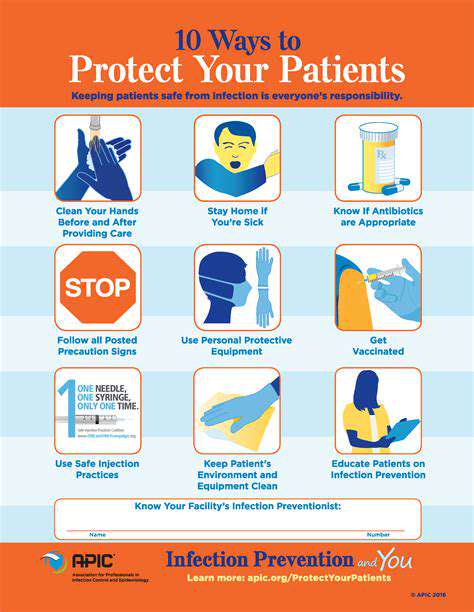
Prioritize Regular Maintenance
Consistent care extends the lifespan of any practice or equipment. Establishing routines prevents larger issues from developing. Small, regular efforts often yield better long-term results than occasional intensive sessions.
Understand Safety Protocols
Knowing proper techniques and limitations ensures safe practice. Always have emergency contacts and first aid available when trying new wellness approaches. Preparation prevents accidents and enhances confidence in practice.
Implement Robust Emergency Plans
Having clear response strategies for potential issues brings peace of mind. Simple preparation steps make unexpected situations more manageable. Review safety information periodically to stay prepared.
Address Potential Hazards Proactively
Regularly assess your practice environment for risks. Simple adjustments can prevent most common issues. Mindfulness during practice reduces accident risks significantly.
Maintain Clear Communication Channels
Keep open dialogue with healthcare providers about your wellness practices. Honest communication leads to better personalized advice. This especially matters when combining different health approaches.
Ensure Proper Training and Education
Invest time in learning from qualified sources before practicing independently. Quality instruction builds confidence and ensures technique accuracy. Consider workshops or classes for hands-on learning opportunities.


